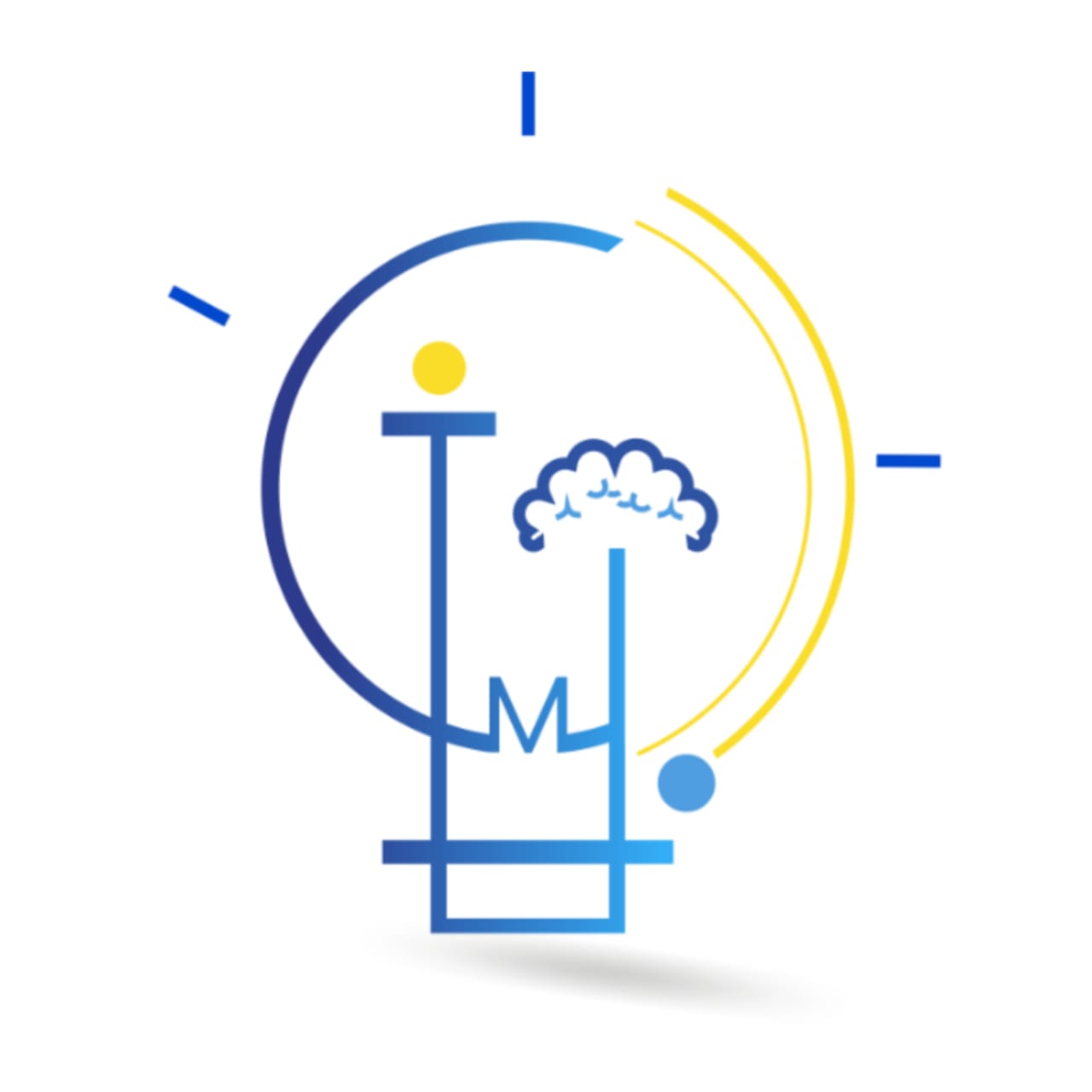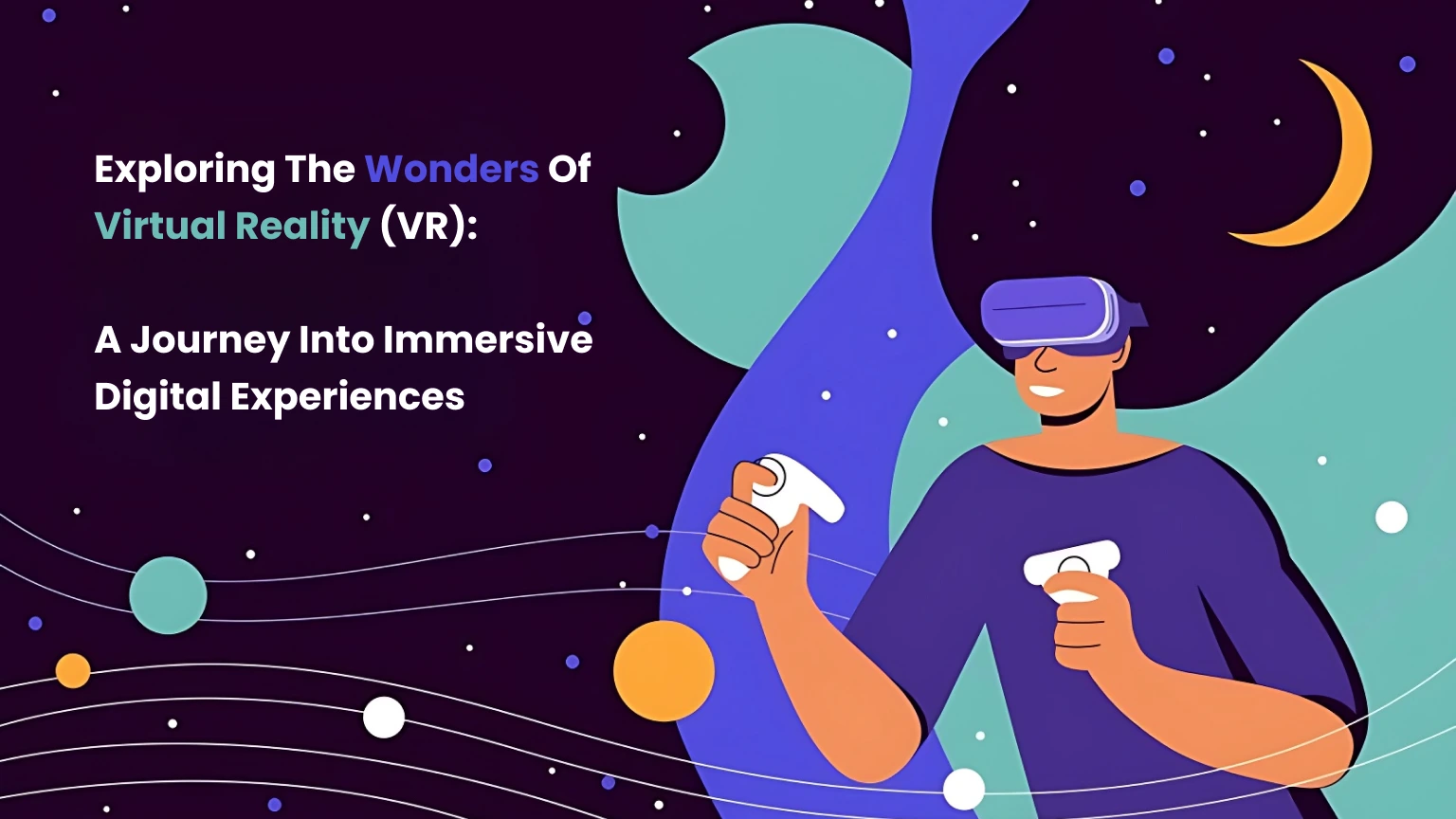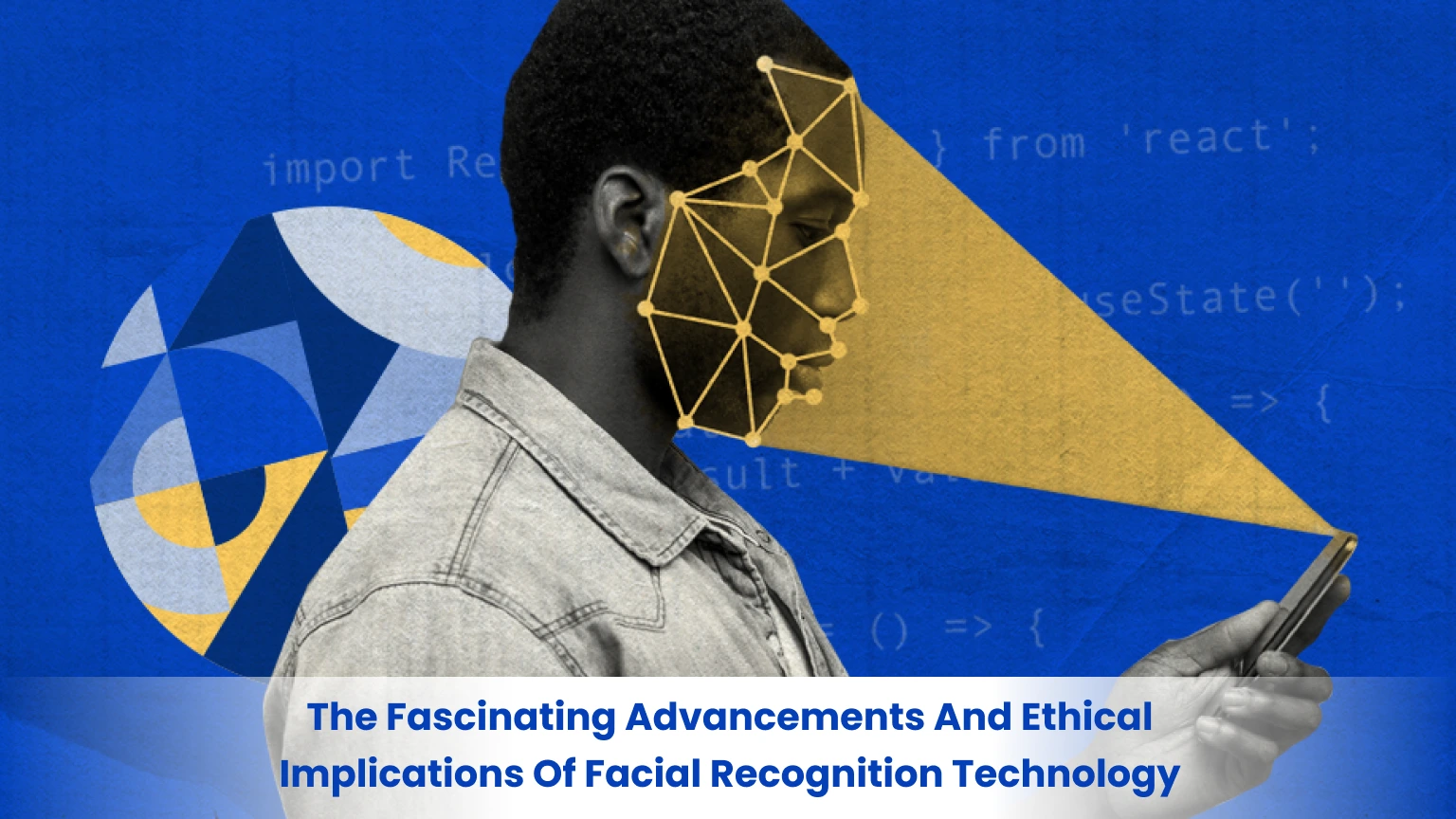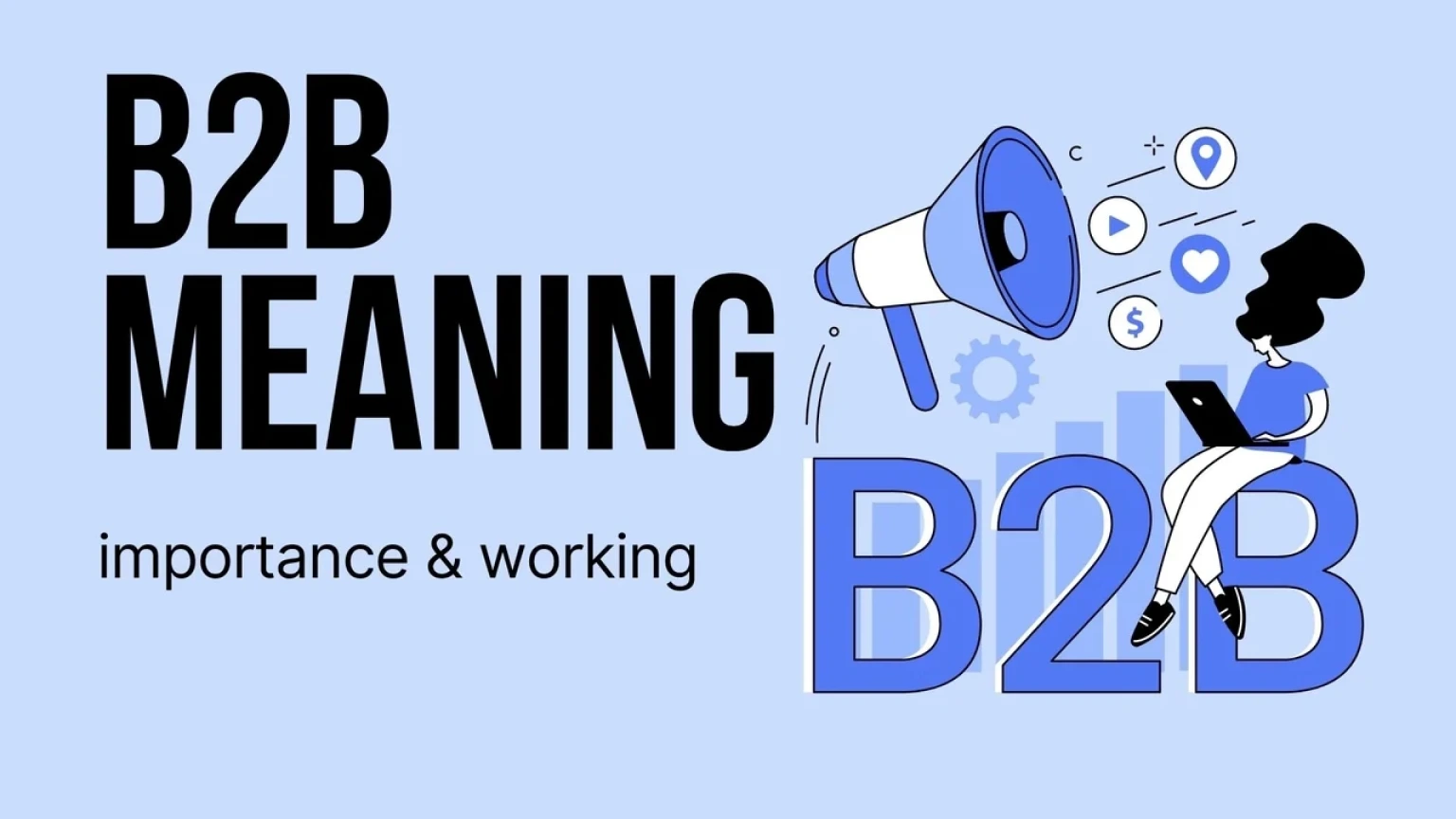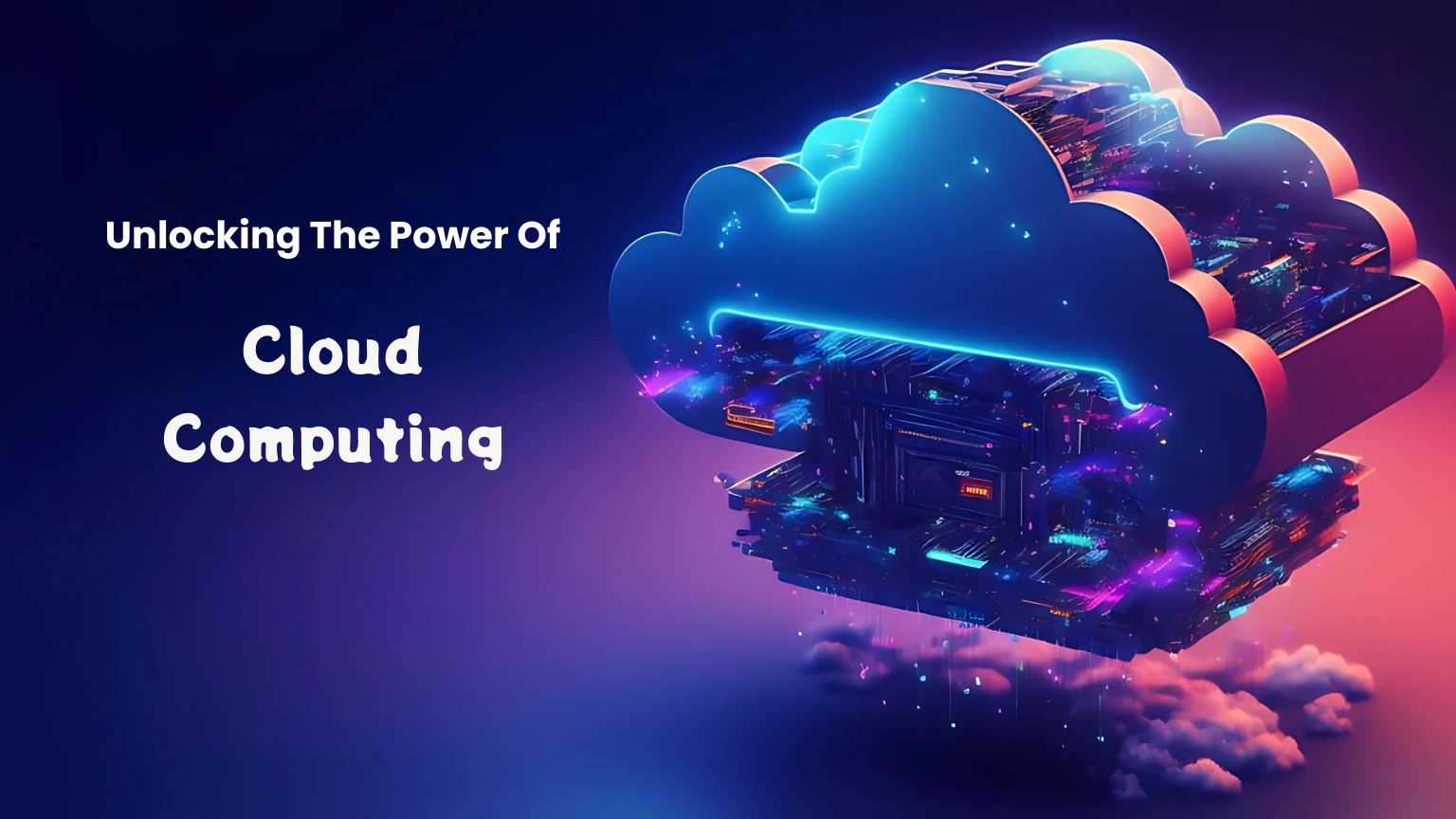Introduction:
With the help of the Internet of Things (IoT), which connects common objects and equipment to the internet and allows them to communicate and share data, a revolutionary new technology has developed. The Internet of Things is changing how we live, work, and interact with the world, from smart homes to industrial automation. We will discuss the Internet of Things concept, applications, advantages, and potential drawbacks in this blog. .
1. Acquiring a basic understanding of the Internet of Things: The Internet of Things is a network of real-world things that are equipped with connections, software, sensors, and other features that allow them to gather and share data. Consumer electronics like smartphones and wearables, as well as industrial machinery, automobiles, and even infrastructure like buildings and streetlights, can all be included in this category of items. IoT builds a network by linking these objects.
2. IoT applications: IoT has applications across many industries, transforming business and boosting daily lives. Smart homes offer convenience, increased energy efficiency, and enhanced security thanks to IoT-enabled appliances like thermostats, lights, and security systems. Real-time health monitoring and remote patient monitoring are made possible in the healthcare industry by IoT devices like wearable health trackers.IoT sensors and devices can monitor crop health, weather conditions, and soil moisture levels in agriculture, enabling effective resource management and raising crop yields. Predictive maintenance, real-time monitoring, and production line optimization are all made possible by industrial internet of things (IIoT), which is revolutionizing manufacturing operations.
3. Difficulties and Factors to Take into Account: The broad adoption of IoT also has its difficulties. Due to the vast number of networked devices and the possible vulnerabilities they introduce, security and privacy issues are raised. Critical factors to take into account include safeguarding private information and guaranteeing the reliability of IoT devices.The IoT ecosystem has significant interoperability and standardization problems since different platforms and devices may employ proprietary protocols and technologies. The management of the enormous amount of data produced by IoT devices presents difficulties for storage, processing, and analysis.
4. IoT benefits: As IoT spreads, people, businesses, and society as a whole stand to gain a lot from it. Real-time data analytics, remote monitoring, and automation all help to increase production and efficiency. By allowing surveillance systems, early warning systems, and intelligent access management, IoT can improve safety and security.Better decision-making, resource allocation, and process optimization are made possible by IoT-driven data insights. IoT technologies and gadgets in the healthcare industry offer remote patient care, lowering hospital admissions and enhancing patient outcomes. Smart cities can improve energy management, traffic control, and trash management, resulting in more sustainable and livable urban settings, thanks to their networked IoT infrastructure.
5.The IoT has a bright future ahead of it, with exponential development and technological improvements. Edge computing and artificial intelligence will become increasingly important as technology advances in processing and interpreting IoT data in real-time. Faster and more dependable communication will be made possible by 5G networks, opening up new opportunities for IoT applications.The IoT landscape will continue to change as a result of innovations like smart cities, autonomous vehicles, and wearable devices. To address issues, ensure interoperability, and shape the responsible development and deployment of IoT, industry stakeholders, legislators, and technological experts must work together.
Conclusion:-
In summary, the Internet of Things is bringing about a new era of connectedness and changing how we interact with our surroundings and technology. The Internet of Things (IoT) provides enormous promise for innovation and improvement in a variety of fields, from boosting efficiency and productivity to improving healthcare outcomes and building sustainable communities. It is crucial to solve issues like security, privacy, and interoperability as the IoT develops further. We can create a connected world that uses technology to improve our lives, spur economic growth, and build a more sustainable future by embracing the opportunities IoT brings and addressing these problems..
AUTHOR-RYAN KHAN
Disclaimer: The author(s) of this blog are solely responsible for the content posted. The blog platform serves as a medium for their expression, and the platform administrators assume no liability for the accuracy or legality of the content.
